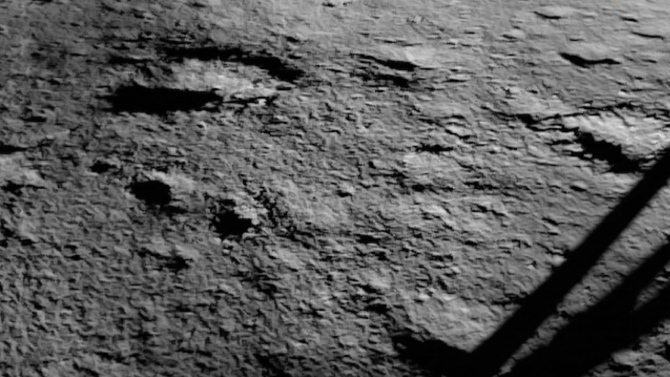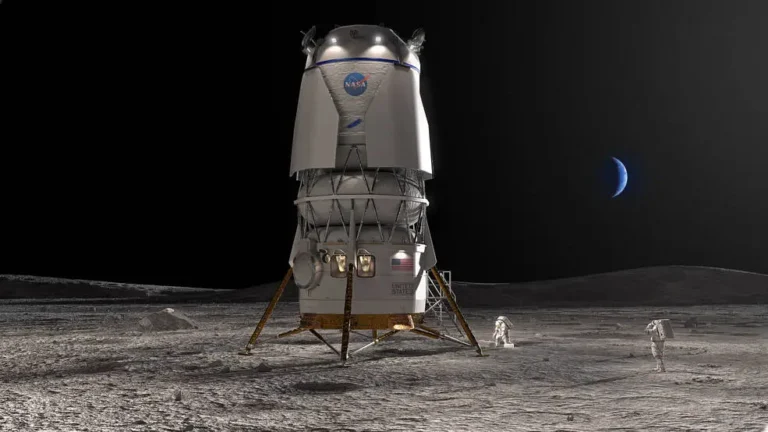The business claims the delay was caused by modifications to SpaceX’s launch plan.
The Moon is expecting more visitors, but one trip has been rescheduled. Houston-based Intuitive Machines, scheduled to launch its first lunar lander in January, has announced that it is delaying the IM-1 mission until at least mid-February. The company cites changes in SpaceX’s launch schedule as the reason for the unavoidable delay.
The company was scheduled to launch the US Military’s X-37B space plane this month, but technical difficulties with the rocket forced a rescheduling; as a result, the X-37B is not expected to head into space aboard the Falcon Heavy vehicle until sometime on December 28 at the latest, meaning Intuitive Machines will have to wait until February. Although Intuitive Machines was careful not to place blame on anyone, this is probably SpaceX’s fault.
There is a little leeway in those dates, so why are we talking about an IM-1 launch in February? SpaceX uses the historic Launch Complex 39A at Kennedy Space Center to launch both Falcon 9 and Falcon Heavy rockets, but it takes roughly three weeks to swap out the rocket hardware—the shortest launch window this year was more than two weeks—so there is just not enough time to prepare the launchpad before the IM-1 mission window closes.
The company’s Nova C lander (above) will carry private commercial experiments as well as NASA payloads under the Commercial Lunar Payload Services (CLPS) program. After launching, the company’s Nova C lander (above) will head for the Moon’s south polar region, which has been partially explored by India’s Chandrayaan-3 mission. India was the first to successfully land in this area of the Moon, beating Russia to the punch after the Roscosmos Luna-25 mission crashed this past summer.

Despite sending humans to the Moon decades ago, landing on the lunar surface is still incredibly difficult. Roscosmos is not the only company to lose a lander; Japan’s ispace also lost its Hakuto-R lander this year, and Israel’s SpaceIL lost the Beresheet lander in 2019. There is no guarantee Nova C will even make it to the Moon.
It appears that February will be a busy month for lunar activities; Astrobiotic, for example, has virtually completed its lunar lander, Peregrine, which is scheduled to launch in January on a United Launch Alliance Vulcan Centaur rocket and land on the Moon on February 23 with NASA and commercial payloads.

